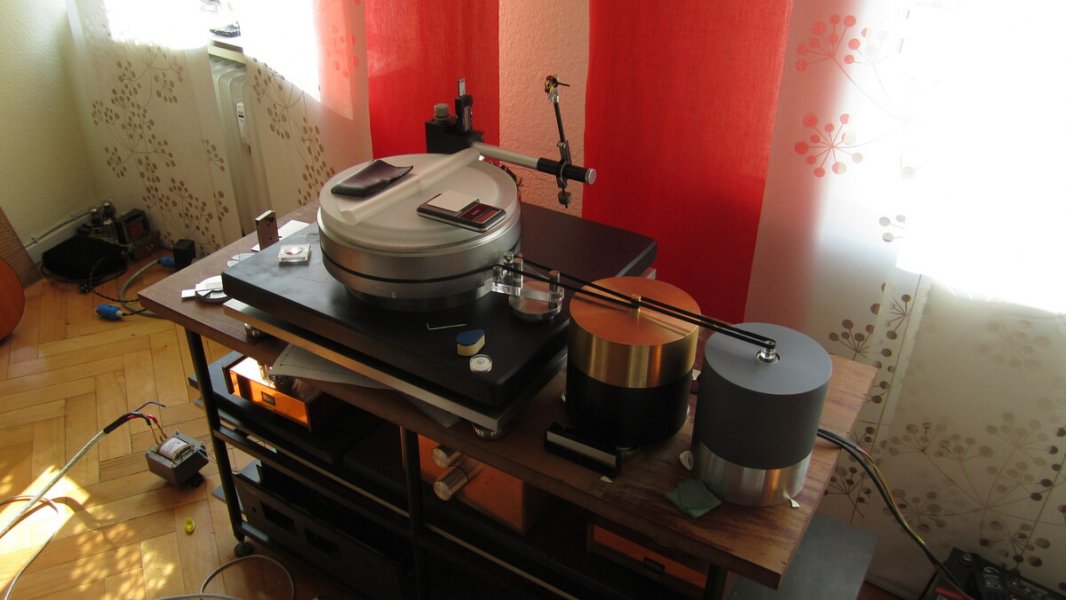honestly I don't have a strong experience at that price range. so I can only relate where my actual experience does have some useful relevance.
assuming you are sticking with a new turntable, then as I mentioned before, the CS Port TAT2M2 does do steady speed of higher price points than maybe most others in that price range. the reason is it does not use any servo, and is high mass string drive with a low pressure, low flow air float platter. so you do get a very grainless and liquid presentation with musical flow that is very involving and immersive. it stands out as 'different' and more refined. still has excellent bass and macrodynamic energy.
the CS Port is all about steady. you can enjoy it after 5 minutes of warm up, but it does take 90 minutes for it to reach thermal equilibrium and sound it's best. then you let it spin all day and it's even better.
other non servo high mass string drive turntables do similar things too, but the CS Port with the low flow, low pressure air float does it in a special way IMHO.
it will bring out the best in high quality arms and cartridges.
there maybe are others that can do these things on your list of candidates, but I personally don't know that. if you investigate feedback on it you will read similar comments. unless listeners are able to actually compare tt's side by side they might assume all tt's can do these things equally. but not really.






